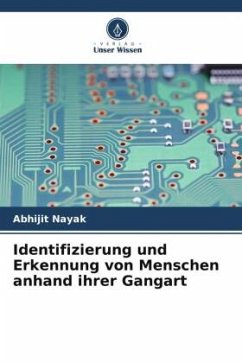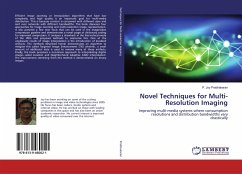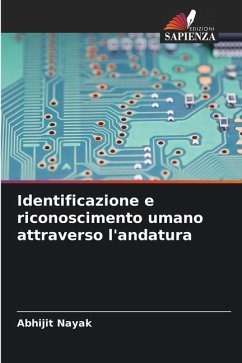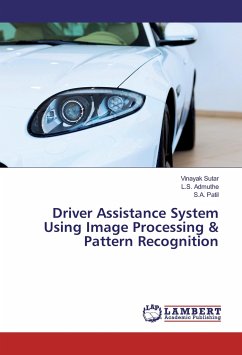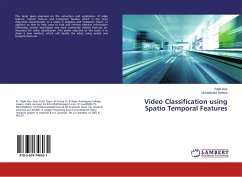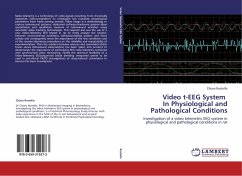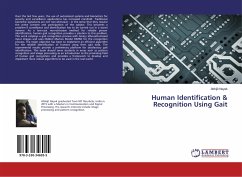
Human Identification & Recognition Using Gait
Versandkostenfrei!
Versandfertig in 6-10 Tagen
24,99 €
inkl. MwSt.

PAYBACK Punkte
12 °P sammeln!
Over the last few years, the use of automated systems and biometrics for security and surveillance applications has increased manifold. Traditional biometric signatures are not non-obtrusive - in the sense that they require the active consent and participation of the subject. This becomes a problem if surveillance and identification has to be carried out in a secret manner. As a low-cost non-obtrusive method for reliable person identification, human gait recognition provides a solution to this problem. This work employs a gait recognition process with binary silhouette-based input images and u...
Over the last few years, the use of automated systems and biometrics for security and surveillance applications has increased manifold. Traditional biometric signatures are not non-obtrusive - in the sense that they require the active consent and participation of the subject. This becomes a problem if surveillance and identification has to be carried out in a secret manner. As a low-cost non-obtrusive method for reliable person identification, human gait recognition provides a solution to this problem. This work employs a gait recognition process with binary silhouette-based input images and uses Hidden Markov Model (HMM) for the recognition process. The major objective has been to implement an efficient algorithm for the reliable identification of humans using their gait data. The experimental results provide a preliminary platform for satisfactory gait identification. This book should serve students in areas such as pattern recognition and image processing as an introduction tothe promising field of human gait recognition and provides a framework to develop and implement more robust algorithms to be used in the real world.



